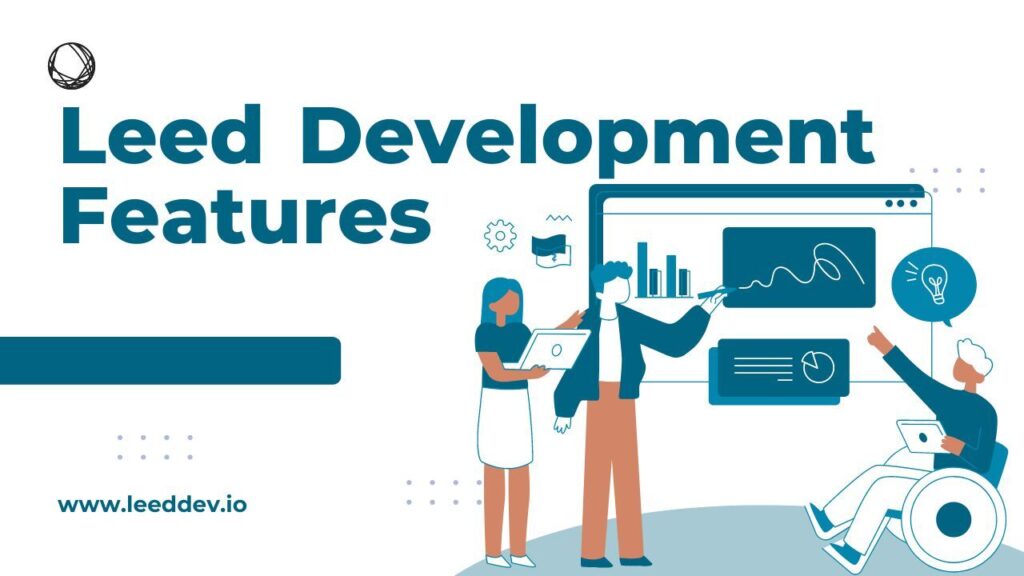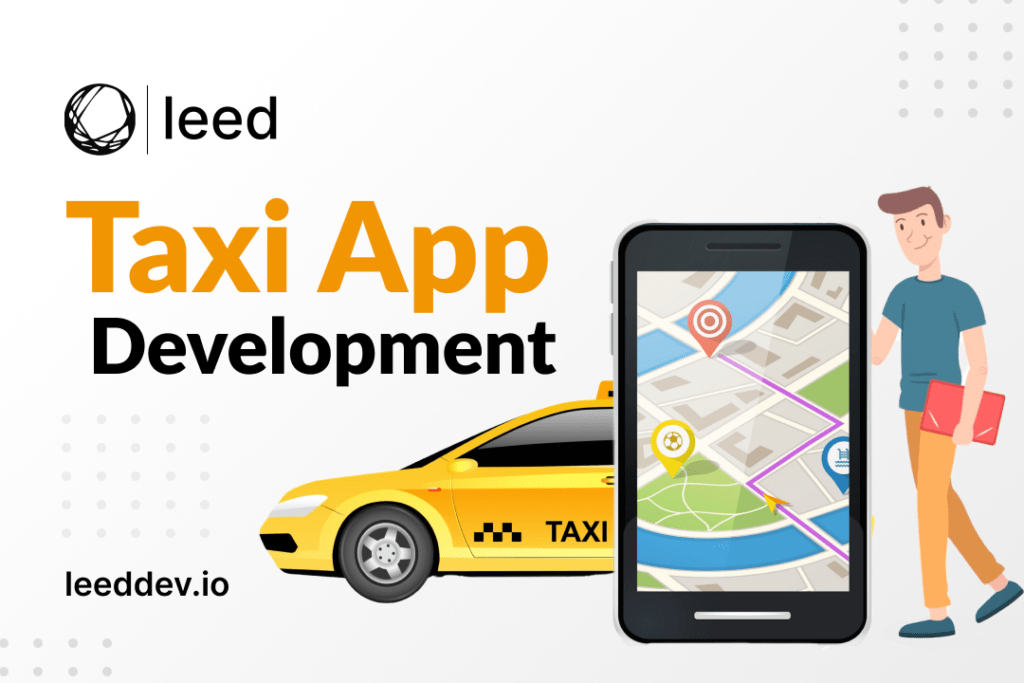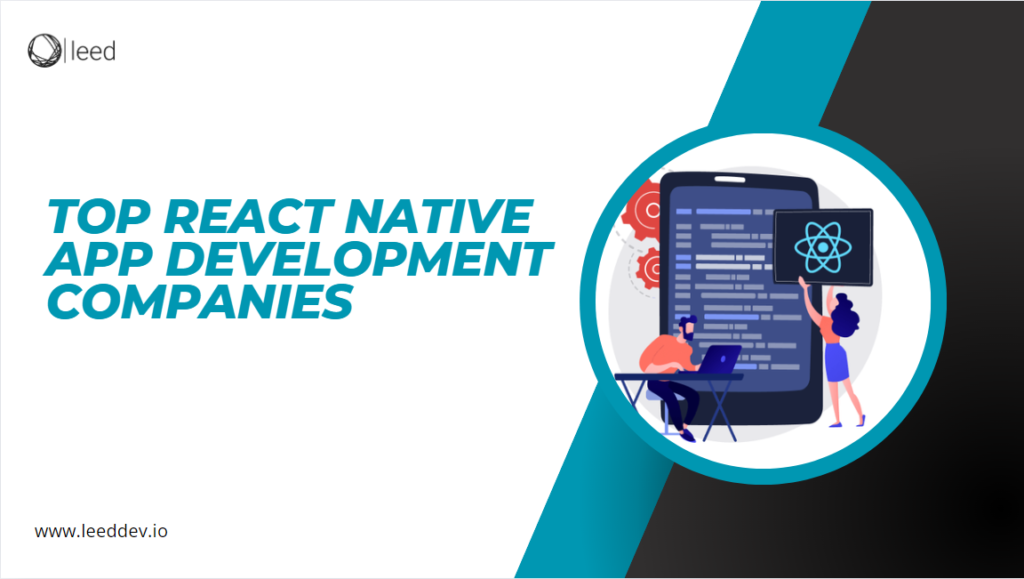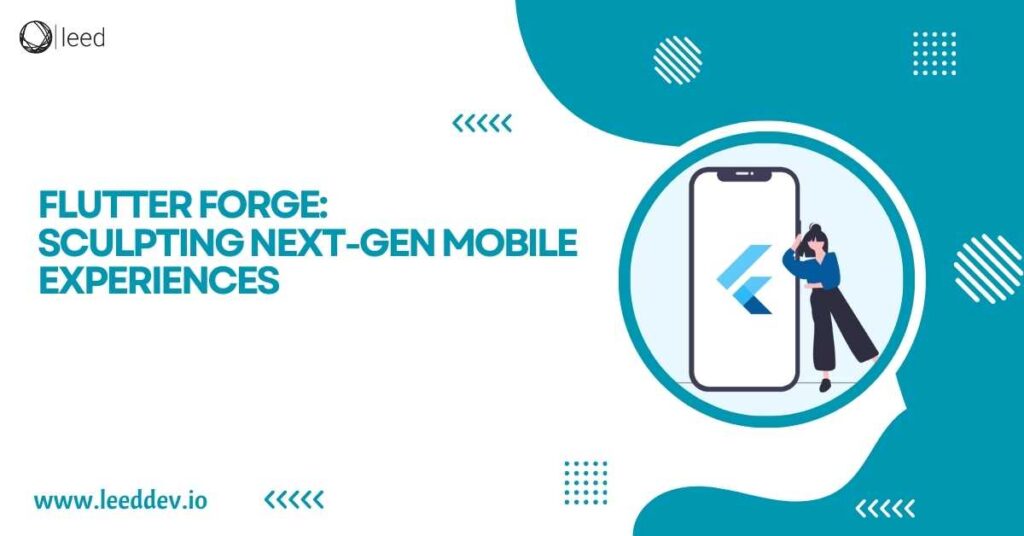Discover the cutting-edge technology and groundbreaking capabilities of Leed Development. Software development is a dynamic industry that is constantly evolving with new methodologies, tools, and trends. It is a competitive field where innovation is crucial for project success and failure. To stay ahead, IT organizations must drive innovation to deliver more value to users.
Understanding Trends in Software Development With Leed Development
In this section, we will discuss a detailed breakdown of the trends in software development. Here are some innovative technologies and trends that are the future of Leed Development. So, let’s discuss these critical points for a creative, revolutionary future!
Trends in Software Development
Following are the trends of Software development that are compulsory to win the competition in this era of technology. To keep your company on track, keep updated with these trends.
1. Artificial Intelligence and Machine Learning (AI/ML)
Natural Language Processing (NLP): Utilizing NLP algorithms for text analysis, sentiment analysis, and language translation.
Computer Vision: Developing computer vision applications for image recognition, object detection, and autonomous vehicles.
Predictive Analytics: Implementing predictive models to forecast trends, optimize processes, and make data-driven decisions.
2. Cloud Computing
Cloud-Native Development: Adopting cloud-native architecture and technologies like containers and microservices for scalability and flexibility.
Serverless Computing: Leveraging serverless platforms for event-driven architectures and cost-effective scaling.
Multi-Cloud Strategy: Embracing multi-cloud environments for redundancy, vendor lock-in avoidance, and workload optimization.
3. Internet of Things (IoT)
Smart Devices: Developing software for connected devices, including wearables, smart home appliances, and industrial sensors, involves a multitude of tasks. Firstly, understanding the user requirements is crucial, followed by designing a user-friendly interface. Moreover, integrating various sensors and communication protocols requires meticulous planning. Additionally, ensuring seamless connectivity and interoperability with other devices is paramount. Furthermore, rigorous testing and debugging are essential to guarantee functionality and reliability. Lastly, continuous monitoring and updates are necessary to adapt to evolving technological standards and user needs
IoT Platforms: Utilizing IoT platforms for device management, data processing, and application integration.
Edge Computing: Implementing edge computing solutions to process data closer to the source, reducing latency and bandwidth usage.
4. DevOps and CI/CD
Continuous Integration (CI): Automating code integration and testing to detect errors early in development.
Continuous Deployment (CD): Automating deployment pipelines to deliver code changes to production environments quickly and reliably.
DevSecOps: Integrating security practices into the DevOps pipeline to address vulnerabilities and ensure compliance.
5. Low-Code/No-Code Development
Rapid Application Development (RAD): Empowering citizen developers and business users to build applications with minimal coding.
Visual Development Tools: Leveraging drag-and-drop interfaces and visual futuristic programming concepts to streamline application development.
Cross-Platform Development: Creating applications run on multiple platforms with reusable components and pre-built templates.
6. Containerization and Microservices
Docker Containers: Packaging applications and their dependencies into lightweight containers for portability and consistency.
Kubernetes Orchestration: Managing containerized applications at scale with Kubernetes for automated deployment, scaling, and management.
Microservices Architecture: Decomposing monolithic applications into more minor, loosely coupled services for agility, scalability, and resilience.
7. Blockchain Technology
Decentralized Applications (DApps): Building decentralized applications on blockchain platforms for transparency, security, and immutability.
Smart Contracts: Writing self-executing contracts on blockchain networks to automate business processes and enforce agreements.
Cryptocurrency and Tokens: Exploring digital currencies and tokenization for financial transactions, asset management, and decentralized finance (DeFi).
8. Edge Computing
Devices: Deploying compute and storage resources closer to the data source for real-time processing and reduced latency.
Analytics: Analyzing data locally on edge devices for immediate insights and faster decision-making.
Security: Implementing security measures at the edge to protect data and devices from cyber threats and unauthorized access.
9. Cybersecurity
Secure Coding Practices: Following innovative coding techniques and best practices to prevent common security vulnerabilities such as injection attacks and cross-site scripting (XSS).
Threat Intelligence: Monitoring and analyzing security threats to identify potential risks and vulnerabilities in software applications.
Data Encryption: Encrypting sensitive data at rest and in transit to protect it from unauthorized access and data breaches.
10. User Experience (UX) Design
Responsive Design: Designing user interfaces that adapt to different screen sizes and devices for a seamless user experience.
Personalization: Customizing user experiences based on user preferences, behaviour, and context to increase engagement and satisfaction.
Accessibility: Ensuring that software applications are accessible to users with disabilities by following WCAG guidelines and implementing assistive technologies.
These trends represent the forefront of innovation in software development, guiding the evolution of technologies, methodologies, and practices to meet the ever-changing demands of the digital landscape. By staying informed and embracing these trends, developers and businesses can drive continuous improvement and deliver trailblazing solutions to their users.
Progressive Software Features of Leed Development Company
Here are the progressive software features of the Leed Development Company that make it trustworthy and the best service provider for your projects.
Integration of Cutting-Edge Technology
- Use cutting-edge technologies such as blockchain, IoT, and AI/ML.
- Provide advanced functionalities for a range of applications and industries.
- Maintain a competitive edge by consistently investigating and implementing novel technologies.
All-inclusive Service Provisions
- Offer complete trailblazing solutions from conception to deployment.
- Provide various services, such as digital marketing, QA, app development, and website development.
- Ascertain that clients have access to all the tools they need for their journey toward digital transformation.
Client-Centered Method
- Recognises client’s needs and designs solutions to suit their particular requirements.
- Establish enduring relationships by putting the success and happiness of your clients first.
- Provide adaptable engagement models to suit a range of project sizes and financial constraints.
Skilled and Experienced team
- Recruit a group of strategists, developers, and designers with experience.
- Rigid quality assurance procedures will guarantee high-quality deliverables.
- Maintain and support projects continuously to ensure they last a long time and succeed.
Challenges and Solutions in Adopting Innovative Trends for Leed Development
A company can face some common problems when adopting or implementing new software technologies. So, by understanding and managing these challenges, Leed development will reach new heights.
1. Skills Gap
Using advanced functionalities and technologies like AI, blockchain, and IoT needs specialized skills that may only be available in some places. Hiring or training staff or getting external help can be time-consuming and costly.
2. Cost
Investing in poineering development tools often means high initial licensing, hardware, and training expenses. Budget limits can hinder full adoption.
3. Security Concerns
Cloud computing, IoT, and other tech bring cybersecurity risks. Protecting data requires strong security measures and constant monitoring.
4. Integration Complexity
Adding new tech to existing systems can be challenging. Old systems may not work well with new tech, causing issues and downtime.
5. Regulatory Compliance
Following industry rules and data protection laws adds complexity. Meeting regulations while staying efficient takes a lot of work.
6. Scalability
Software solutions must grow as businesses do. Planning and executing scalable architectures is vital.
7. User Adoption
Staff may need to be more resistant to new tech and workflows. Good change management and training help with smooth adoption.
8. Vendor Lock-in
Relying on third-party services can limit flexibility. Depending too much on specific vendors is risky.
9. Data Privacy
Protecting data and following privacy laws is crucial. Mishandling data can lead to legal trouble and harm the organization’s reputation.
10. Cultural Shift
Embracing innovation needs a cultural change. Being open to new ideas, working together, and learning continuously is essential.
Organizations need to plan well, involve stakeholders, and manage risks to overcome these challenges. Successfully tackling these issues can help organizations make the most of new software trends and stay ahead.
Conclusion
In conclusion, Leed Development stands at the forefront of innovation in software development, leveraging cutting-edge technologies and trends to deliver transformative solutions. By embracing AI/ML, cloud computing, IoT, and other emerging trends, we ensure that our clients stay ahead of the competition and achieve their business objectives.
Despite the challenges posed by skills gaps, cost constraints, and security concerns, Leed Development remains committed to overcoming obstacles and driving continuous improvement. With a client-centered approach, a skilled team, and comprehensive service offerings, we empower businesses to thrive in the rapidly evolving digital landscape.
Frequently Asked Questions
What technologies does Leed Development specialize in?
Leed Development specializes in cutting-edge technologies such as AI, blockchain, and IoT, among others.
How does Leed Development ensure data security?
We implement robust security measures and continuous monitoring to protect our clients’ data from cyber threats.
Can Leed Development tailor solutions to meet specific client needs?
Yes, we recognize the unique requirements of each client and design customized solutions to address their specific challenges.
What are some common challenges faced in adopting innovative software development trends?
Challenges may include skills gaps, cost constraints, integration complexity, and security concerns.
What engagement models are commonly used in software development projects?
Common engagement models include dedicated teams, staff augmentation, project outsourcing, and managed IT services.




